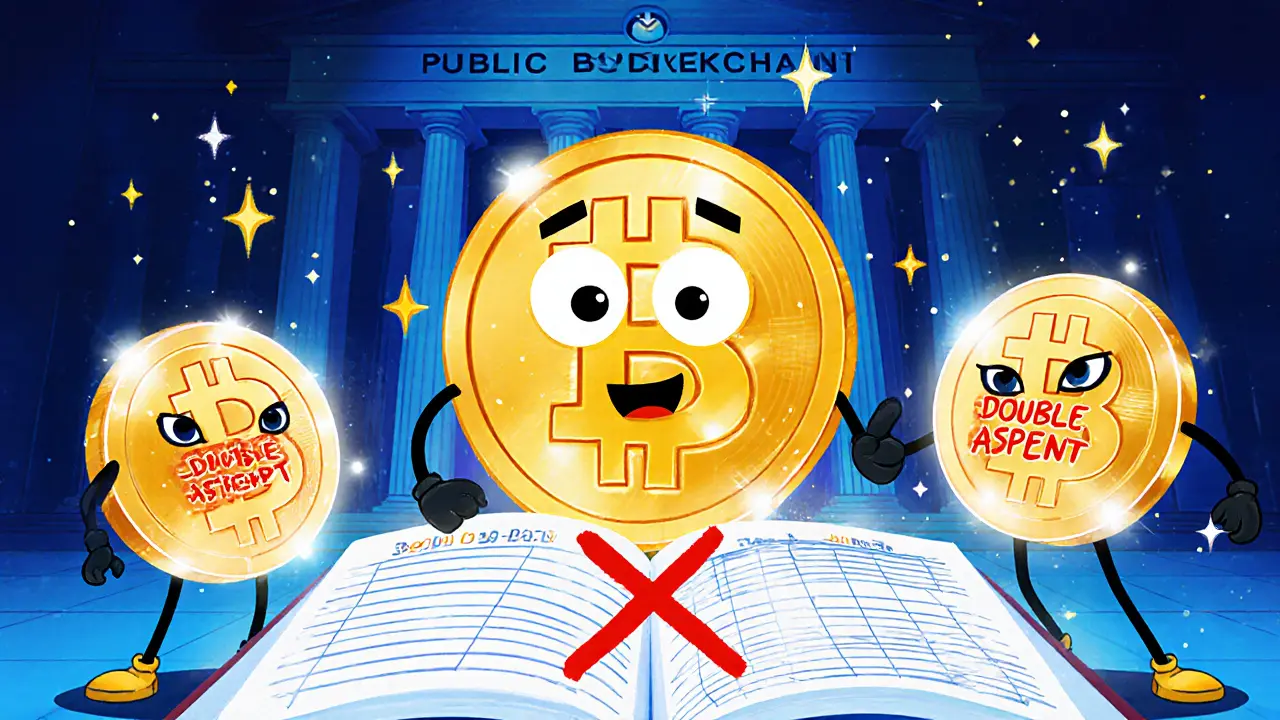Learn how block rewards and transaction fees power Bitcoin and Ethereum, why fees matter for security, and what the future holds for crypto network incentives.
Bitcoin: The Core of Modern Crypto
When working with Bitcoin, the first decentralized digital currency that runs on a peer‑to‑peer network. Also known as BTC, it offers a capped supply of 21 million coins and a trustless settlement layer, you instantly tap into a system that reshapes how value moves online.
Bitcoin relies on Blockchain, an immutable ledger where each block links to the previous one with cryptographic hashes. That linking creates the immutability many rave about, and it also underpins the security model that makes double‑spending virtually impossible. Every transaction you see on a Bitcoin explorer lives forever in that chain, giving transparency that legacy finance can’t match.
Every four years Bitcoin undergoes a Halving, an event that cuts the block reward—new Bitcoin creation—by 50%. The halving creates a predictable supply shock, and history shows it usually sparks a price rally after a brief slowdown. Traders watch the countdown like a sports fan, because the reduced inflow tightens scarcity and often fuels market cycles.
Behind the scenes, Mining, the proof‑of‑work process where miners solve cryptographic puzzles to add blocks, secures the network and validates transactions. Mining also distributes fresh Bitcoin, aligning economic incentives with network health. As difficulty rises, only efficient hardware and cheap electricity stay profitable, shaping where mining pools locate and how hashpower concentrates.
Why Bitcoin Still Matters in 2025
Bitcoin isn’t just a store of value; it’s a playground for many related topics you’ll see below. Blockchain research keeps evolving, delivering faster verification methods while preserving security. Meanwhile, halving cycles continue to influence broader crypto market sentiment, often lifting altcoins after Bitcoin’s price bursts. Mining trends also intersect with energy policy debates, prompting greener hardware and renewable‑powered farms.
Our collection of articles covers the whole spectrum. From a technical dive into blockchain immutability to a step‑by‑step guide on how Bitcoin halving shapes trading strategies, you’ll find concrete examples and actionable tips. If you’re curious about how crypto remittances cut fees, or how exchanges guard against double‑spending, the posts below connect those ideas directly back to Bitcoin’s core mechanisms.
Ready to explore deeper? Below you’ll discover practical guides, detailed reviews, and up‑to‑date analyses that tie Bitcoin’s fundamentals to real‑world use cases. Whether you’re a beginner wanting a plain‑English explanation or an experienced trader looking for the next halving‑season playbook, the entries ahead will give you the context you need to act confidently.
Learn how Bitcoin uses blockchain, proof‑of‑work, and transaction confirmations to stop double‑spending, and see why its security beats traditional payment systems.
A clear, jargon‑free comparison of Schnorr signatures and ECDSA in Bitcoin, covering size, speed, privacy, multisig, and future outlook.



